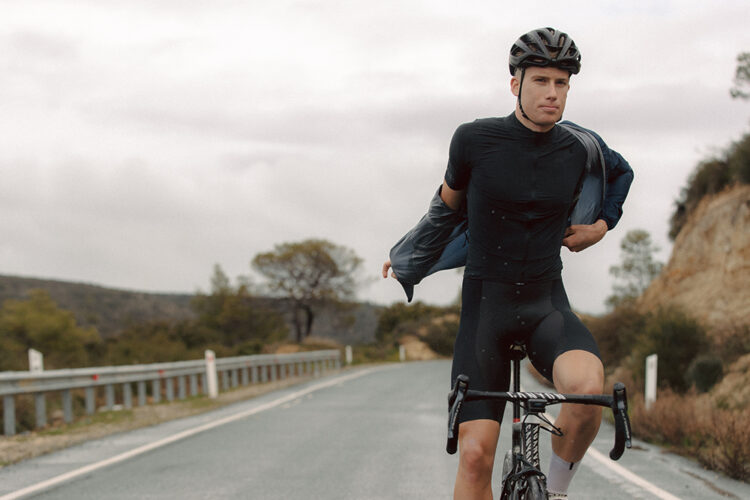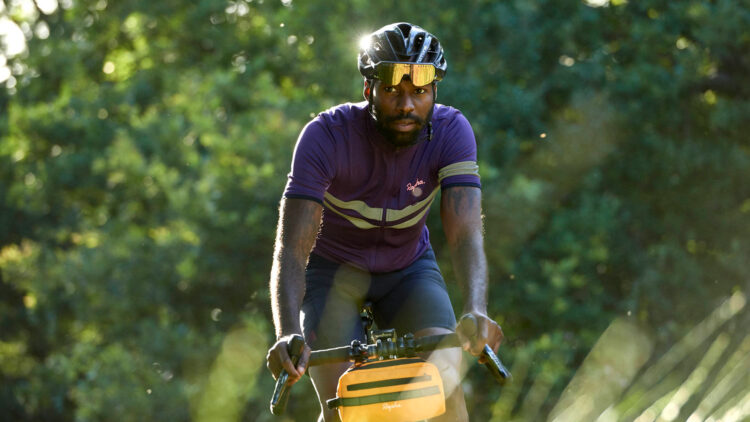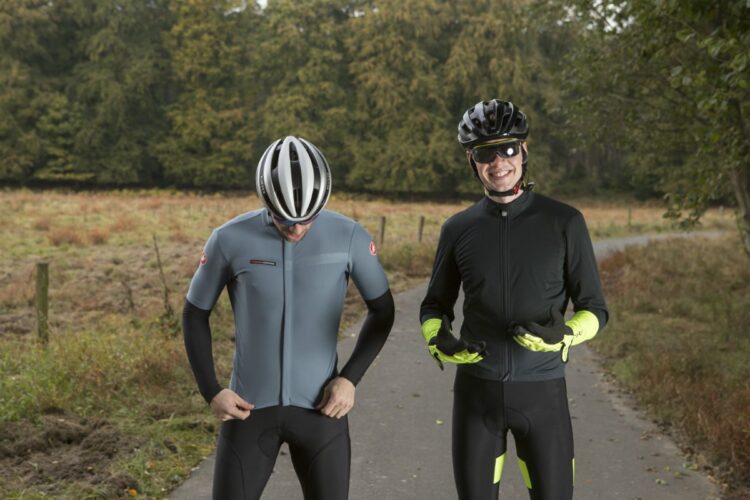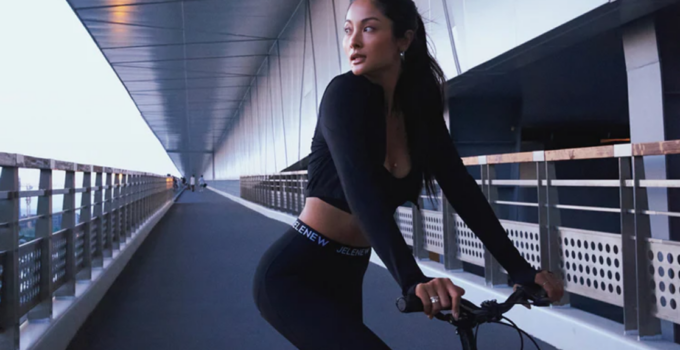Choosing the right cycling clothing for the colder months can be a daunting task, especially for those who are new to the sport. With so many different types of fabrics, fits, and styles available, it can be hard to know where to start. In this guide, we will walk you through the essentials of layering for winter cycling, so you can stay comfortable, warm, and stylish on your rides.
Cycling also can produce many benefit for health.
Page Contents
The Base Layer

Source: blog.wiggle.co.uk
The base layer is the foundation of your winter cycling clothing. It should be made of a lightweight, breathable fabric that wicks away moisture from your skin to keep you dry and comfortable. Merino wool is a popular choice for base layers because it is soft, warm, and naturally odor-resistant. Synthetic materials like polyester and nylon are also good options because they dry quickly and are easy to care for.
When choosing a base layer, look for one that fits snugly but is not too tight. It should sit close to your skin to provide insulation but should not restrict your movement or feel uncomfortable. A good base layer will also have a high collar to protect your neck from the cold.
The Mid Layer

Source: cyclingnews.com
The mid layer is where you can add some extra warmth to your outfit. It should be made of a thicker, insulating material like fleece or a synthetic down alternative. Look for a mid-layer that is lightweight and breathable, so you can stay warm without overheating.
One of the most popular mid layer options for winter cycling is a cycling-specific jacket. These jackets are designed with features like longer sleeves, a dropped tail, and a high collar to provide extra protection from the cold and wind. They often have a water-resistant or waterproof shell to keep you dry in wet conditions.
The Outer Layer

Source: mantel.com
This is your first line of defense against the elements. It should be made of a windproof and waterproof like Gore-Tex or a similar fabric. Look for a jacket that is breathable and has ventilation options like zippered vents or mesh panels to prevent overheating.
A good outer layer should fit loosely enough to allow for layering underneath but not so loose that it flaps in the wind. It should have a high collar and a hood to protect your face and head from the wind and rain.
The Accessories

Source: mantel.com
Accessories can make all the difference in keeping you warm and comfortable during winter rides. Here are a few must-haves to consider:
- Gloves: Look for gloves that are windproof and waterproof to keep your hands warm and dry. Cycling-specific gloves often have extra padding on the palms to absorb shock and provide a better grip on the handlebars.
- Hat or Headband: A warm hat or headband can keep your ears and forehead warm during cold rides. Look for materials like merino wool or synthetic fabrics that are soft, warm, and breathable.
- Neck Gaiter: A neck gaiter is a versatile accessory that can be worn in a variety of ways to protect your neck and face from the cold. Look for a material that is soft, warm, and moisture-wicking.
- Shoe Covers: Shoe covers are an essential accessory for winter cycling. They are designed to fit over your cycling shoes to protect them from the wind and rain. Look for covers that are waterproof and have reflective details for added visibility.
Conclusion
Winter cycling can be a fun and exhilarating experience if you have the right clothing and accessories. With the right gear, you can enjoy the beauty of winter on your bike and stay comfortable and stylish at the same time. It’s important to invest in high-quality cycling clothing that will keep you warm, dry, and comfortable on your rides. By choosing the right fabrics, fits, and styles, you can enjoy winter cycling to its fullest and stay safe on the road. So, don’t let the colder months keep you from your passion. Layer up and hit the road with confidence!




